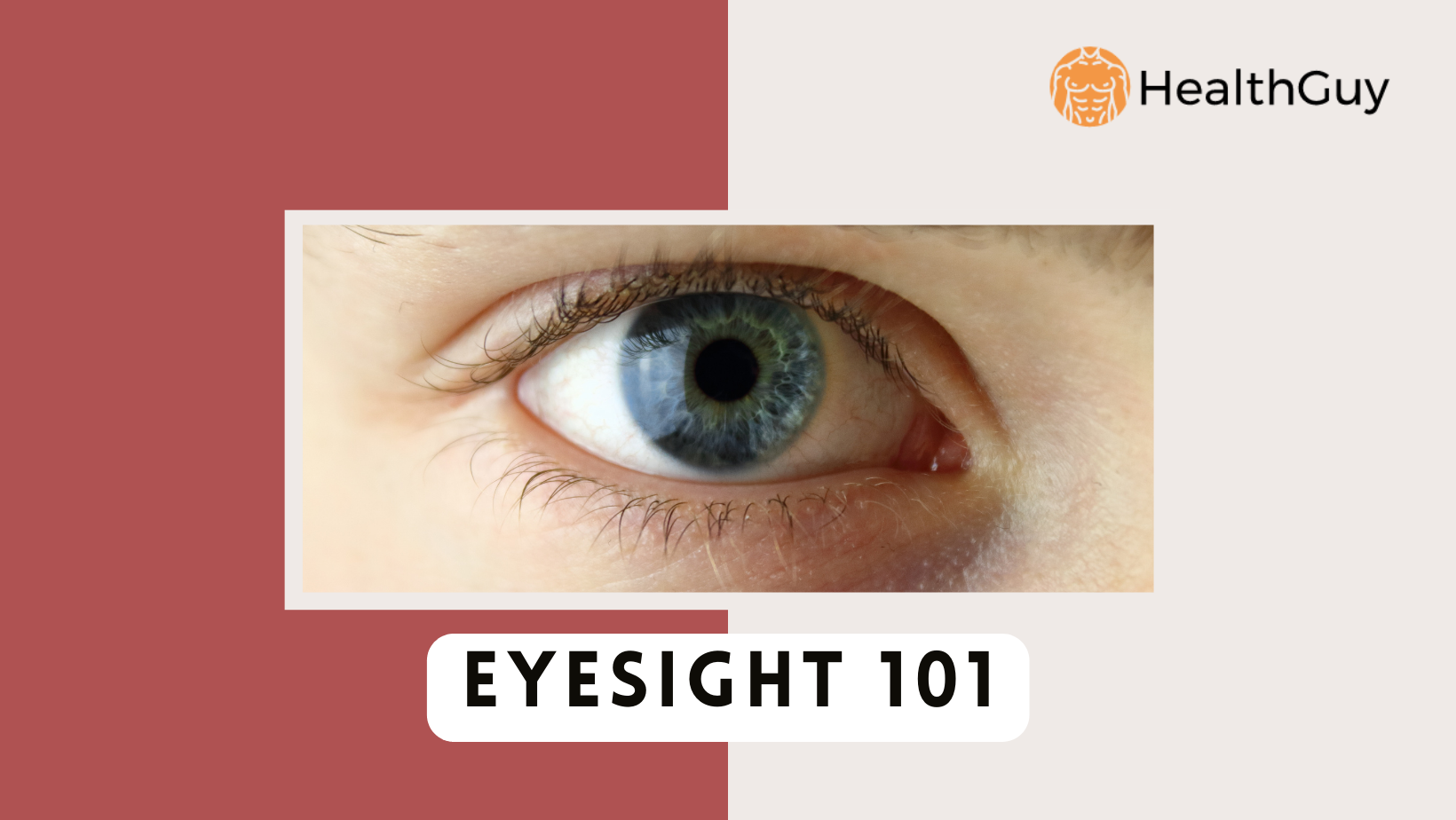
Eyesight 101: A Comprehensive Guide to Healthy Vision
The eyes are one of the most vital organs of the human body, responsible for enabling us to see the world around us. As such, it is crucial to take good care of them to ensure that they remain healthy and function properly. In this article, we will cover various aspects of eye care, including eye check-ups, far and near vision problems, and common eye infections, along with some tips to maintain good eye health.
Eye Check-up
Regular eye check-ups are essential to maintain good eye health. Eye exams can detect various vision problems and eye diseases, such as glaucoma, cataracts, and macular degeneration, that may not exhibit any symptoms initially. The American Optometric Association recommends getting an eye exam every two years for adults aged 18-60 and every year for those over 61 years old. However, if you have an existing eye condition or wear corrective lenses, you may need more frequent exams.
Far Vision Problem Versus Near Vision Problem
Far vision problems, also known as myopia, occur when objects at a distance appear blurry. It can make it difficult to drive or read road signs, watch a movie or sports game on TV, or see a presentation or lecture board in a classroom. This condition occurs when the eyeball is too long, causing the light to focus in front of the retina instead of directly on it.
On the other hand, near vision problems, also known as presbyopia, occur when it becomes challenging to see objects up close, such as reading, texting, or sewing. Presbyopia is a natural part of the ageing process and usually begins to manifest around the age of 40. It occurs because the lens in the eye becomes less flexible, making it difficult to focus on objects up close.
Eye Care Tips
- Eat a balanced and nutritious diet that includes foods rich in omega-3 fatty acids, lutein, zinc, and vitamins A, C, and E. These nutrients help prevent age-related vision problems such as macular degeneration and cataracts.
- Wear sunglasses that block ultraviolet (UV) radiation from the sun. UV rays can damage the eyes and increase the risk of cataracts and macular degeneration.
- Quit smoking or never start. Smoking increases the risk of developing age-related macular degeneration and cataracts.
- Take breaks when using digital devices for extended periods. Staring at screens for extended periods can cause digital eye strain, leading to dry eyes, headaches, and blurred vision. The 20-20-20 rule can help alleviate digital eye strain. Every 20 minutes, look away from the screen and focus on something at least 20 feet away for at least 20 seconds.
- Maintain proper hygiene to avoid eye infections. Wash your hands frequently, avoid touching your eyes, and avoid sharing personal items such as towels or makeup brushes with others.
Common Eye Infections
- Conjunctivitis: Also known as pink eye, is a highly contagious infection that affects the conjunctiva, the thin layer that covers the white part of the eye and the inner eyelid. It causes redness, itching, and discharge from the eyes.
- Stye: A small, painful lump that develops on the eyelid. It is caused by a bacterial infection of the hair follicles in the eyelid.
- Blepharitis: A common condition that causes inflammation of the eyelids, leading to redness, itching, and irritation. It is often caused by a bacterial infection or the overgrowth of normal skin bacteria around the eyelid margins.
In conclusion, taking care of your eyes is crucial to maintain good vision and overall health. Regular eye check-ups, following good hygiene practices, and adopting healthy lifestyle habits can help prevent many vision problems and eye diseases.
